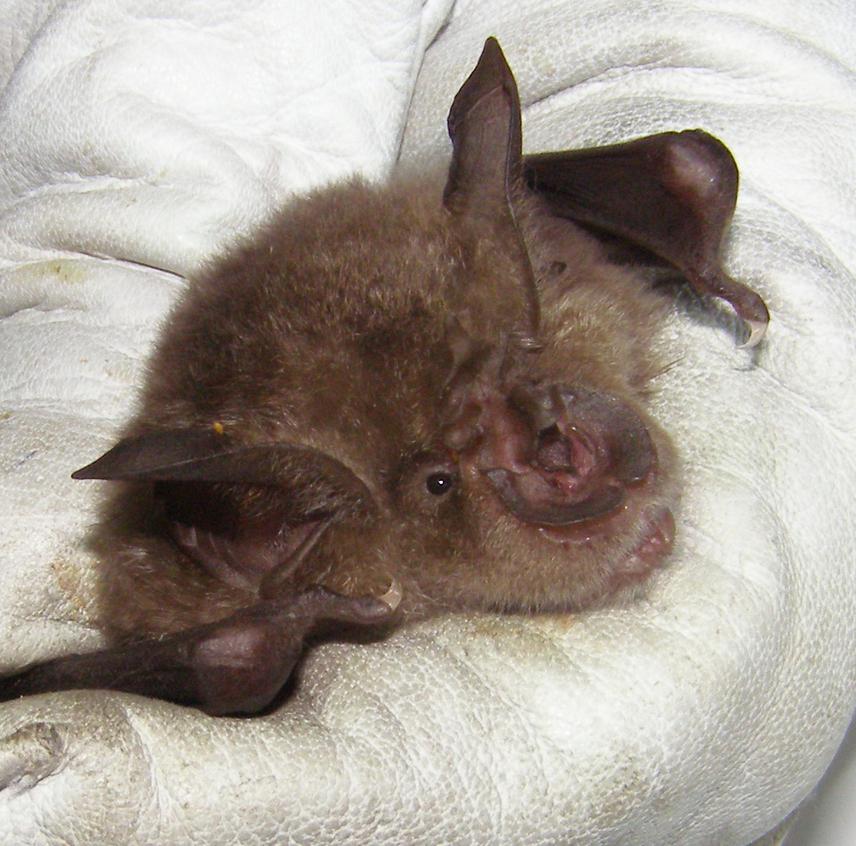Helen Taylor-Boyd
Other projects
The project aims to use various acoustic and trapping techniques to study potential feeding, commuting and roosting areas that bats may use; this will help to develop our understanding of the ecology and conservation of bats in Zambia. Collaborations with local wildlife management, conservation and agricultural organisations as well as landowners are being developed to initiate awareness campaigns within local communities.

Horseshoe bat species.
This project involves investigation into the use of landscapes in Zambia by Chiroptera (bats) and will initiate awareness campaigns within local communities. By undertaking research into the ecology of bat species and engaging with local communities, a better knowledge base can be established, for the sake of bats, habitats and local people.
There are 65 known species of bat in Zambia, of which 54 are insectivorous (Hutson et al. 2001). With 14 diverse habitat types across the country, ranging from savannah and mopane woodland, to miombo woodland and rainforest (Zambia’s 4th CBD report – 2009), there are a range of ecological niche opportunities for Chiroptera species.
Zambia has a fast growing human population, expected to triple between 1990 and 2025, which is likely to result in drastic consequences for bat populations, due to habitat loss and persecution (Hutson et al. 2005). Ecologically and economically essential species may be lost before we can understand their importance; we may be loosing valuable ecosystem services such as insect predation and seed dispersal.
Over 600,000 household livelihoods depend directly upon the agricultural industry (Zambia’s 4th CBD report – 2009). Currently around 14% of Zambia’s land is used for anthropogenic activities, the majority for agriculture (Zambia’s 4th CBD report – 2009). Growing human populations mean that food production will need to also increase. Limited regulatory control over anthropogenic land use and agricultural practices in Zambia could result in habitat degradation such as deforestation and erosion. As the agricultural industry grows, habitat loss and pesticide use become greater, resulting in greater threats to a whole host of organisms including bats; conservation farming is becoming ever more important. Anthropogenic habitats can be managed to encourage bat species, for example bat housing, tree planting and landscape management (Monadjem et al 2010).
Having identified the clear gap in research and conservation of Chiroptera species in Zambia, various acoustic, trapping, tracking, dietary analysis and genetic methods will be employed during this long term study throughout Zambia to explore their habitat and feeding ecology, which may help us to gain a better understanding of their ecological and anthropogenic value, as well as their conservation status.